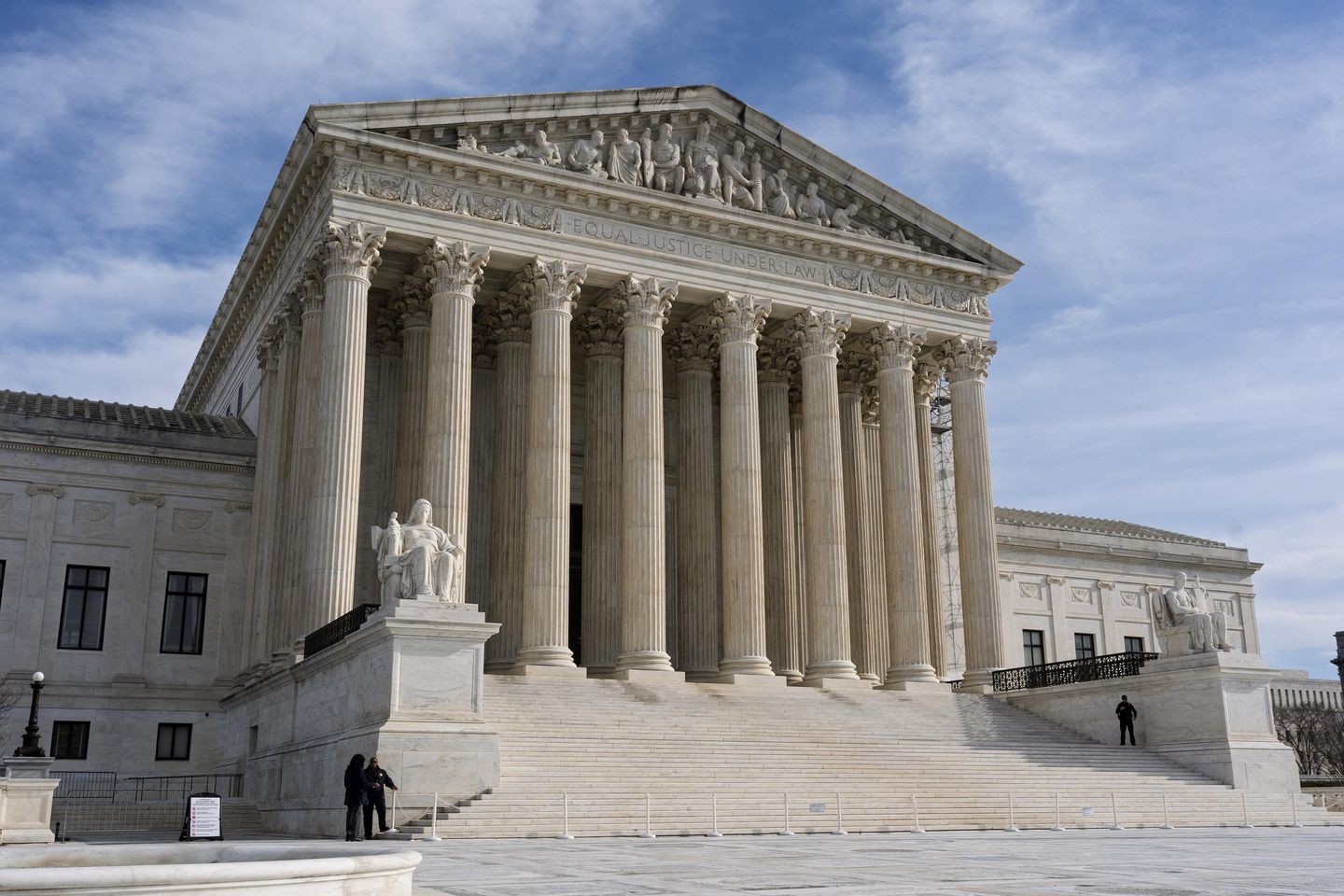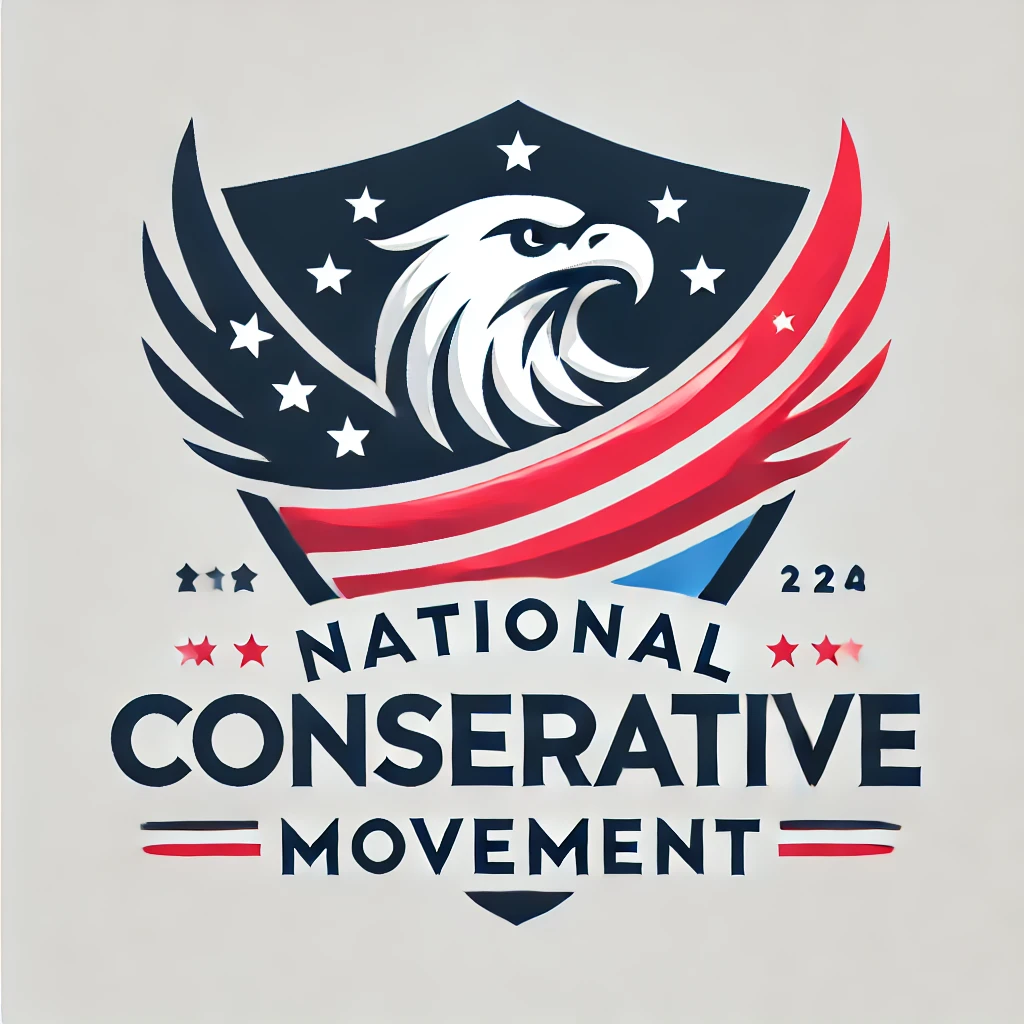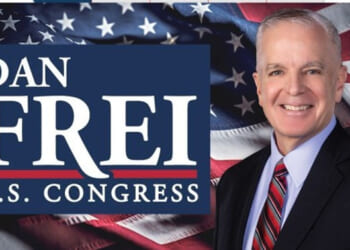
The Supreme Court has denied a student’s case challenging school restrictions on wearing a shirt declaring “there are only two genders,” allowing lower court decisions that upheld the school’s disciplinary actions to stand. Here’s what you need to know about this significant free speech and education ruling:
The case background
Student expression case reaches highest court:
- High school student wore shirt stating “there are only two genders”
- School officials ordered removal citing potential disruption
- Student suspended for refusing to comply with directive
- Parents filed federal lawsuit alleging First Amendment violations
- Lower courts sided with school district’s authority
- Supreme Court declined to hear appeal without comment
- Decision effectively upholds school’s disciplinary power
The legal framework
Case involves established student speech precedents:
- Tinker v. Des Moines standard for student expression
- Schools can restrict speech causing substantial disruption
- Political and controversial messages receive some protection
- Dress code enforcement authority generally upheld
- Religious liberty arguments also presented by student
- Equal protection claims regarding viewpoint discrimination
- Circuit court split on similar cases nationwide
The school’s position
District defended restrictions on multiple grounds:
- Potential for disruption in diverse student body
- Creating inclusive environment for all students
- Dress code violations subject to standard discipline
- Educational mission includes respecting all identities
- Previous incidents involving similar controversial statements
- Administrative discretion in maintaining order
- Safety concerns for student wearing provocative message
The broader implications
Ruling affects student speech rights nationally:
- Schools maintaining authority over controversial messages
- Political expression in educational settings limited
- Religious liberty claims insufficient to override restrictions
- Transgender rights issues increasingly present in schools
- Cultural war battles extending to K-12 education
- Parental rights versus school authority ongoing tension
- Free speech advocates concerned about expanding restrictions
The circuit split
Different appeals courts reaching varied conclusions:
- Some circuits more protective of student political speech
- Others deferring to school administrative judgment
- Tinker standard interpreted differently across regions
- Supreme Court declining to resolve disagreement
- Legal uncertainty continuing for students and schools
- Future cases likely to continue challenging boundaries
- Constitutional questions remaining unresolved
The political dimensions
Case reflects broader cultural divisions:
- Conservative groups supporting student’s expression rights
- LGBTQ advocates defending school’s inclusive policies
- Parental rights organizations involved in litigation
- Education policy increasingly politicized
- State legislation affecting transgender student policies
- Local school board elections influenced by issues
- Culture war extending to classroom expression
The practical impact
Decision affects daily school operations:
- Administrators empowered to restrict controversial clothing
- Students’ political expression subject to greater limitations
- Dress codes potentially expanded to cover ideological messages
- Teachers navigating increasingly complex speech rules
- Parents considering private school alternatives
- Homeschooling potentially increasing due to restrictions
- School choice debates incorporating free speech concerns
What happens next
Several key developments are anticipated:
- Similar cases continuing in lower courts
- State legislation potentially addressing student speech rights
- School districts reviewing and updating dress code policies
- Education advocacy groups developing new legal strategies
- Supreme Court potentially taking future related case
- Congressional hearings on student rights in schools
- Continued litigation over transgender-related school policies
Read more:
• Supreme Court denies student’s case over ’two genders’ shirt
This article is written with the assistance of generative artificial intelligence based solely on Washington Times original reporting and wire services. For more information, please read our AI policy or contact Ann Wog, Managing Editor for Digital, at awog@washingtontimes.com
The Washington Times AI Ethics Newsroom Committee can be reached at aispotlight@washingtontimes.com.












